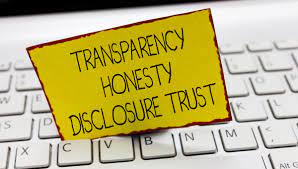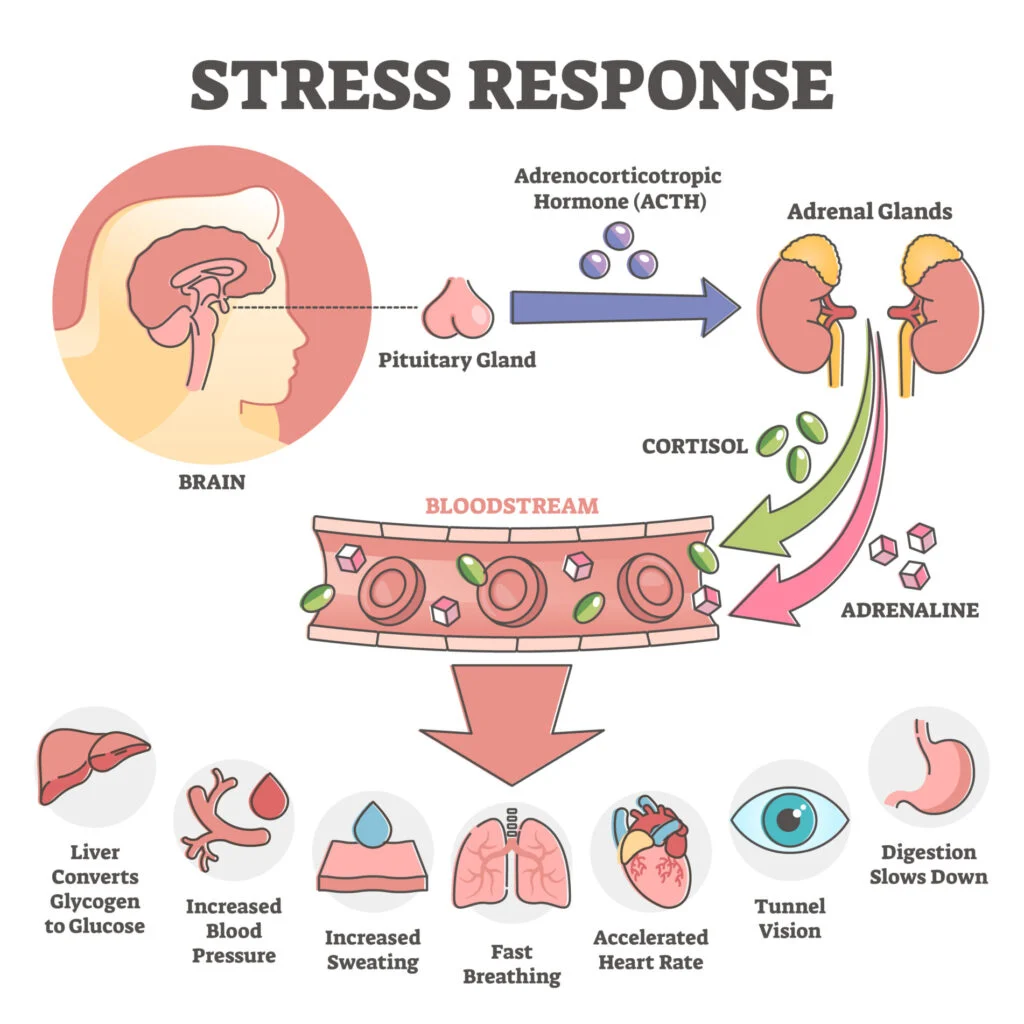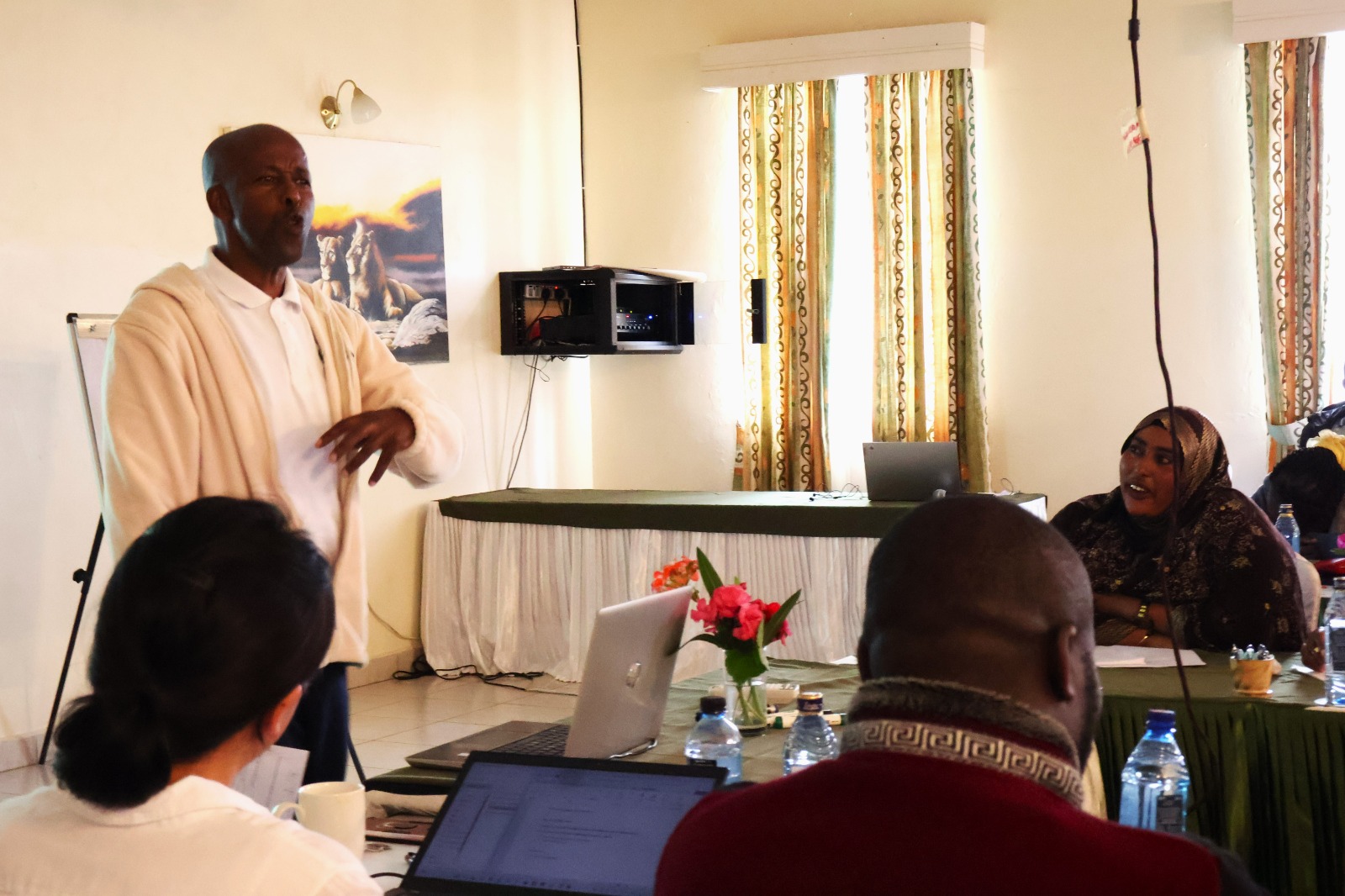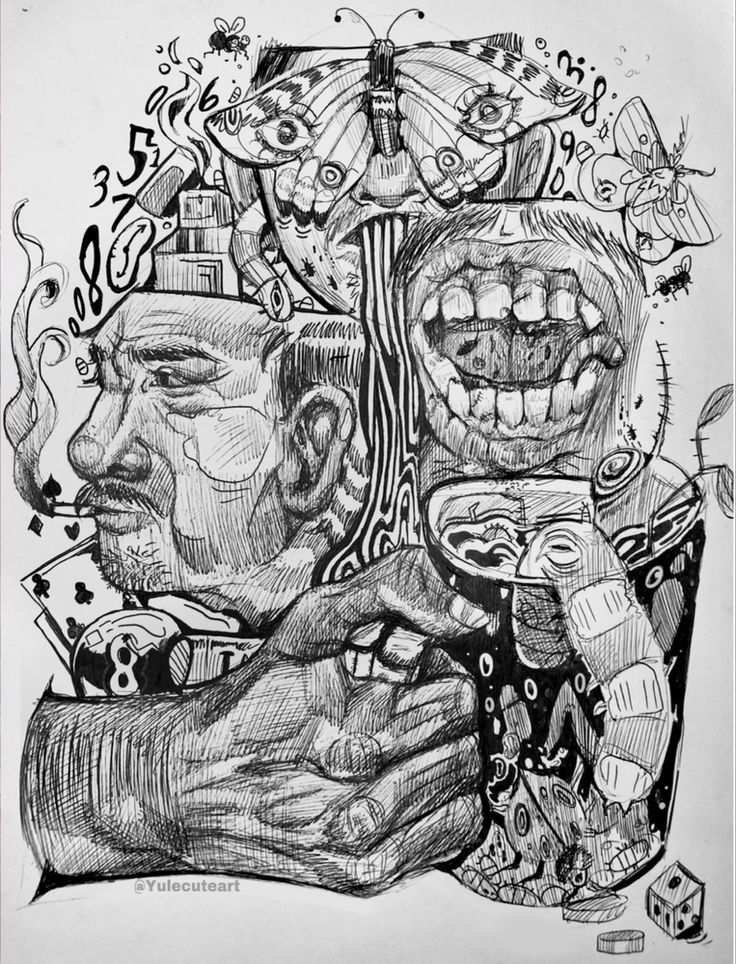What Phases has Corruption Followed?
Corruption appears to have been present from as early as 4th C. B. C. with the story of Kautilya Chanakya (Brioschi, 2017). Other stories from the same author narrate issues in 1500 B.C. concerning “The Poor Man of Nippur”. There is also the mention of Hammurabi in the corruption discourse. In reference to the Old Testament, Brioschi (2017) gives examples of judges and rulers engaging in the exchange of items in return for favours. Such is also seen in the words of King Saul in (I Samuel 9:7). The warning in Exodus (23:8), also refers to the existence of corrupt deals. Later in reference to Peter (the Apostle), he rebukes attempts to receive bribes in order to extend divine gifts (Acts 8:18–19). All these cases show ancient origins of corruption, leading to the realization that, as long as human society has had persons in power versus subjects, crime has been present.
Taenzler, Maras, and Giannakopoulos (2012) discuss corruption in Europe. The contributors address the difficulties of reducing corruption to identifiable indicators, yet the importance of doing so. This is because this vice is linked to the socio-historic contexts of a people having tri-lateral tenets of the giver, the receiver, and the environment. Within corruption, some profit though to the detriment of the greater good.
Due to this profit, it is thus often an ethical matter where some may be of the opinion that it is good.
Therefore, this power-relation vice incorporates a people’s moral-value base on this platform.
Corruption practiced over time takes on a systemic and structural base. It becomes a people’s way of life and is thus normalized. Such complacency then leads to the gradual yet increased degradation of a people. Efforts to mitigate the effects of the vice calls for structured and multi-faceted efforts that are all-inclusive: legislative, institutional, political (policies), and economic (fair & competitive). A notable powerhouse in fighting corruption is the media, both social and mainstream.
Another major work on issues of corruption in Europe is that by Uslaner and Rothstein (2016).
The authors explore the historical roots of corruption under the sub-topics of state building, economic inequality, and mass education. For these authors, mass education is a major contributor to lowering corruption in Europe.
Through education, equality (including gender equality) is nurtured, values inculcated, and bravery to question when leaders engage in corrupt practices.
In America specifically, the U.S.A., Etzioni (2013), discusses political corruption. He brings to play judicial corruption that is instigated by either institution or by political power. In addition, he reiterates factors that contribute to the proliferation of corruption among them debilitating restrictions, weakened law enforcement, and weakened penalties. He sees the need to incorporate illegalities and illicitly (non-ethical issues) in the fight against corruption.
The role of regulatory agencies, the private sector, culture as well as reforms in the fight, are all significant.
Additional contributions from this scholar are in the appendices.
Another contribution is by Lagunes, Yang, and Castro (2019). This report whose focus is on Uruguay, Chile, Costa Rica, Mexico, Peru, Paraguay, and Bolivia, states the worrying trend of corruption in these countries (Morris & Blake, 2009). In Latin America, corruption takes place largely in procurement (Di Tella & Ernesto, 2003) and in governments (Hunt, 2006; Grajales, Lagunes, & Nazal, 2018). It is realized as police demand bribes from the marginalized (Fried, Lagunes, & Venkataramani, 2010), and in political patronage and loyalty (Buquet & Piñeiro, 2017). Following that, there has been documentation of presidential scandals (Lagunes, Yang & Castro, 2019). In general, the process limits growth (Fisman, 2010), increasing fiscal deficits and debt.
 Suggested steps towards combating the fight include seeking government transparency (Cordis & Warren, 2014).
Suggested steps towards combating the fight include seeking government transparency (Cordis & Warren, 2014).
It is also important to have freedom of information concerning government matters (Lagunes, Yang & Castro, 2019).
Additional steps include enforcing penalties (Olken, 2007), and increasing citizen participation and use of technology (Bussel, 2012; López-Iturriaga, & Iván, 2018; Pérez, Fernanda, & Ziff, 2019).
There are also calls to eliminate opportunities for officials to demand ‘rents’ (Lagunes, Yang & Castro, 2019), and need to take advantage of whistle-blowers (Rose, 2016), This will happen if they are granted protection and are given incentives (Mesmer-Magnus & Viswesvaran, 2005).
In East Asia, Hellmann (2017) explores the cases of Singapore, Taiwan, Malaysia, South Korea, the Philippines, Indonesia, and Thailand. He concentrates on the mobilization of resources especially the coercive resources that are a necessary condition for corruption. In his work, three types of corruption emerge. The first is the elite cartel.
This is where private business owners and politicians collude to buy influence over key decisions. They do so in order to preserve their status quo and solidify their networks. They do so through, making contributions to support each other, politicizing bureaucracies to make accessibility of natural resources difficult for others, and sharing corruption loot (p. 6). Cases of this corruption were in Singapore, Taiwan, South Korea, and Malaysia.
The second type of corruption is oligarchs and clans where the “big men” remain the main actors.
They do all to protect corruption profits from competitors. They also ensure that business patterns as well as Government decisions in the country are predictable and in their favour. Through them, there is large-scale theft and fraud of public resources. Such corruption was prevalent in Thailand and the Philippines.
The third category of corruption is official moguls. The main actors are those in the inner governance circle as they have political dominance. Theft of both public and private assets is prevalent. This corruption was realized in Indonesia (Johnston, 2014; Hellmann, 2017).
In Sub-Saharan Africa, decolonization was institutionalized. On the one part, there was the big man organizing the small man (Berman, 1998). Discussing neopatrimonialism within the Patron-Client Theory, Michael Bratton and Nicolas van de Walle, discuss the “big man” who rules the citizens who in turn have no rights or privileges other than those he grants them (Bratton & van de Walle 1997). This system weakens formal rules and institutions, though it may not necessarily destroy them. The system often leaves longer than the individuals and mutates into different forms (Bratton & van
de Walle 1997) through power brokers (Diamond, 2008) seeking to continue controlling the resources (Manzetti & Wilson, 2007; Nilsson, 2009).
This system appears to have been inherited from the colonial masters (big man) who were in charge of the locals (small man) (McConnell, 2005). This dichotomy set a fertile ground for corruption. In the subsequent independent era, the new African masters, took the position of the “big man” with authority, to mobilize national natural resources to their favor (Hellmann, 2017), thus creating oligarchic and mogulian elites. This is contrary to what happened in Anti-corruption overachievers (Chile, Uruguay, Costa Rica & Botswana) (Hellmann, 2017) where patron-client politics were not realized due to the controlled mobilization of resources.
In Kenya, colonization took the shape of settlers in the White Highlands (Syagga, 2013). This move, consolidated lands, shifting ownership from the earlier clan-owned properties (Maina, 2008). At independence, the consolidated lands were easily identified by the new African leaders, who in turn used the land resource to create individual wealth amidst immense power (Johnston, 2005). This wave raised them to the levels of oligarchs and moguls, leaving the rest of the citizens grappling with poverty. This was the first step towards creating a fertile ground for corruption. This trend has continued and, in the Transparency, International Corruption Perception Index report of 2009, Kenya was ranked 146 out of 180 (transparency.org).
 The transport industry portrays one quick glance at corruption in Kenya.
The transport industry portrays one quick glance at corruption in Kenya.
Traffic police are often designated at specific places, where they often stop matatu operators, pick-ups, and lorries to get bribes (Nilsson, 2009). While this is increasingly becoming an acceptable practice in Kenya, it continues to show the daring face of corruption, denoting a defeatist attitude.
Health services in Kenya, are provided by both private and public facilities. The private facilities are often expensive and out of reach for many from the general public (Nilsson, 2009). Even with the National Health Insurance Fund, the poor find it difficult to seek services from private facilities due to the out-of-pocket requirement (MOH, 2009; Chuma & Maina, 2012). These classes of people seek services from public health facilities. Even then, there is corruption within these facilities (KACC, 2010), hindering the delivery of service to the patients. The availability of several services among them laboratory tests, and also medication, often calls for out-of-pocket payments (Chuma & Maina, 2012), continuing to create fertile ground for corruption. This then leads us to the question; is corruption wrong?
What is Wrong with Corruption?
When people live with a vice for so long, and when others are born into a vicious society, they may find it hard to realize the vice is a vice, and this situation is so for corruption (OECD, n.d). There are others who were born and maternity monies paid using corruption money, they were enrolled in schools through corruption, passed national exams through corruption, and finally got jobs through corruption. Such persons, who (plus the subsequent generations) continue to enjoy the proceeds of corruption, hardly know any other life other than that within corruption. Based on that, the key question is repeated; what is wrong with corruption?
- COST OF CORRUPTION: “A World Bank study conducted in 2002 stated that the world spends 1 [one] trillion dollars per year on bribes” (Nilsson, 2009, p. 4; Nwabuzor, 2005, p. 121). This is money that could be used for development programs geared toward poverty reduction. On this note, corruption hinders economic development as proceeds from the vice are often spent on imported luxurious goods, thus enriching persons other than those from the mother country.
- PROLIFERATES UNFAIR PLAY AND INJUSTICE: Those that are meant to ensure justice and fair play are mainly the police. In the East African Bribery Index 2009, the police were rated leading in corruption in Kenya.
About 63.4% of those who came into contact with the police: 10.4% who refused to pay bribes were denied assistance while 59.2% got the service after paying bribes (TI Kenya, 2009). What matters, therefore, is how much one can give, not competencies. This kills competitiveness and leads to bad blood among competitors (eliminations).
- ELEVATES NON-PRODUCTIVITY: With corruption, investment and operations within the private sector face steep challenges in the area of costs and in getting the required licenses (OECD, n.d; Bardhan, 1997; Ugur & Dasgupta, 2011). This negatively influences investment and thus productivity.
It also slows down a country’s attempts toward job creation. Attempts to be less corrupt become punitive, thus creating unfair play in business (OECD, 2010).
- NULLIFIES VALUE-BASED CHECKS AND BALANCES: According to Karklin, (2005) analyzing post-communist countries, when people’s attitudes are that honesty is not important and that all can be justified and excused, corruption really thrives and the “rule of law becomes undermined” (Nilsson, 2009, p. 19).
- SLOWS DEMOCRACY AND STABILITY OF POLITICAL SYSTEMS: High levels of corruption are closely linked to lower life expectancy and (low) school enrolment (Dreher & Herzfeld, 2005). It also increases income and life inequality-welfare (Gupta, Davoodi, & Alonso-Terme, 1998; OECD, n.d.), negatively affect sustainable growth (Aidt, 2009), and creates an environment where government regulations are avoided while undermining the rule of law (Biswas, Mohammad & Marcel, 2011; OECD, n.d.). In addition, corruption encourages inefficient tax structures (Andrews, Sanchez & Johansson, 2011), and in general social and civil trust are lowered as well as confidence in government (OECD, 2013).
These factors create distance between the government and the citizenry thus slowing democracy and creating instability in political systems.




